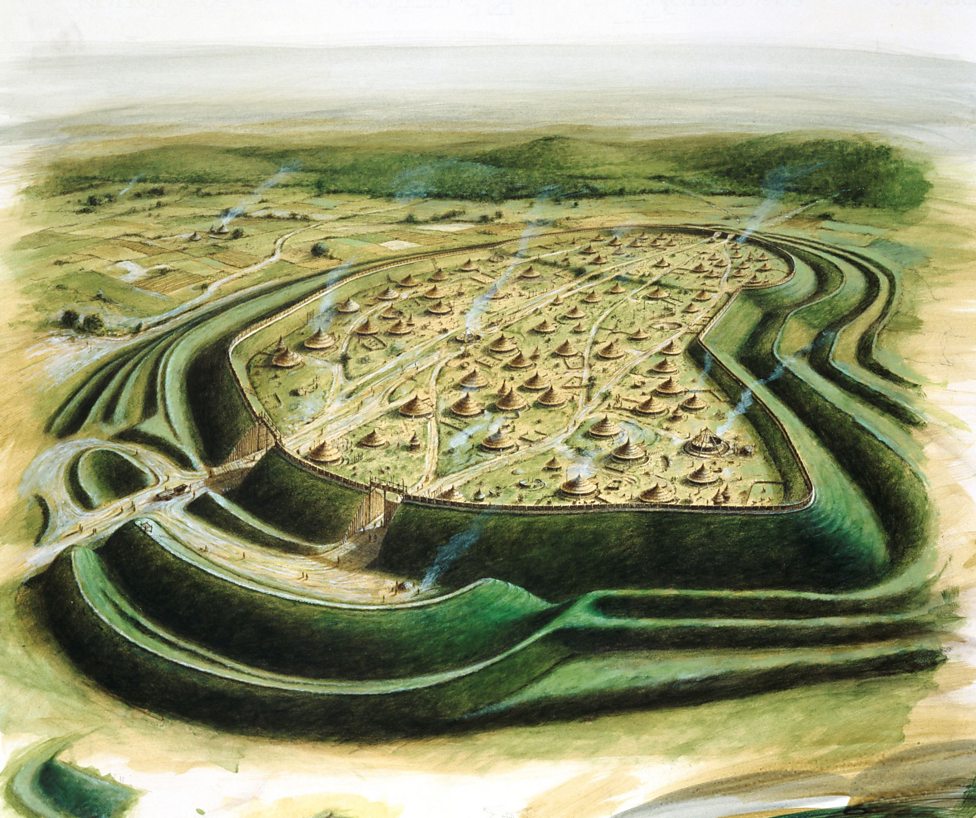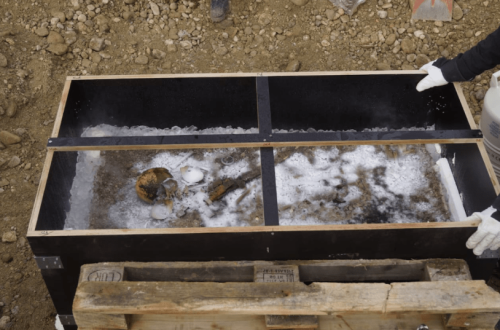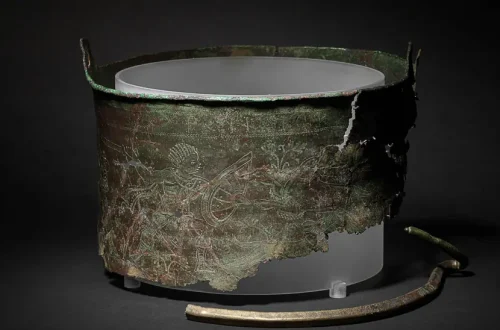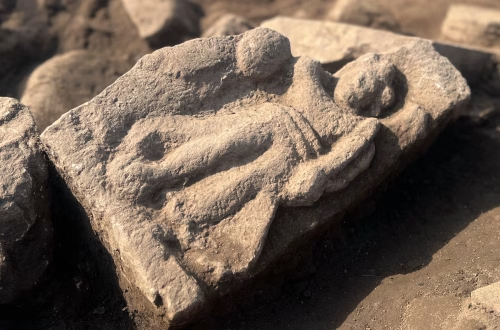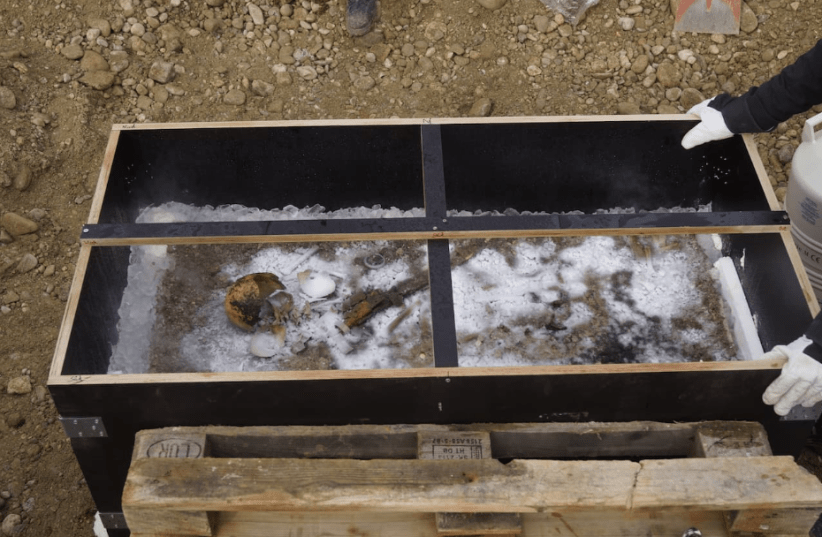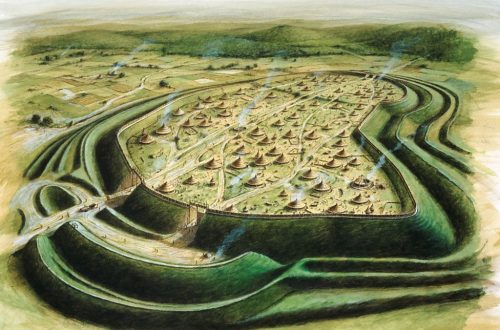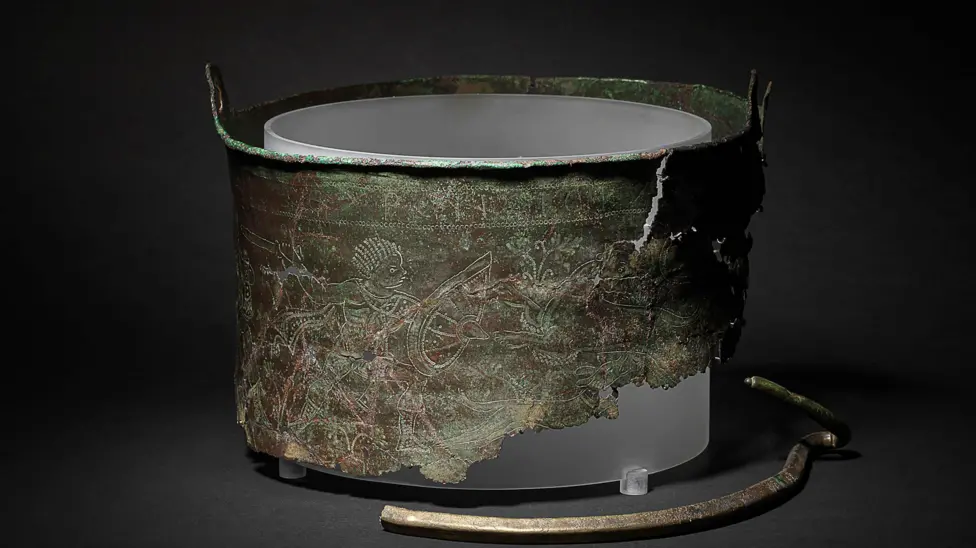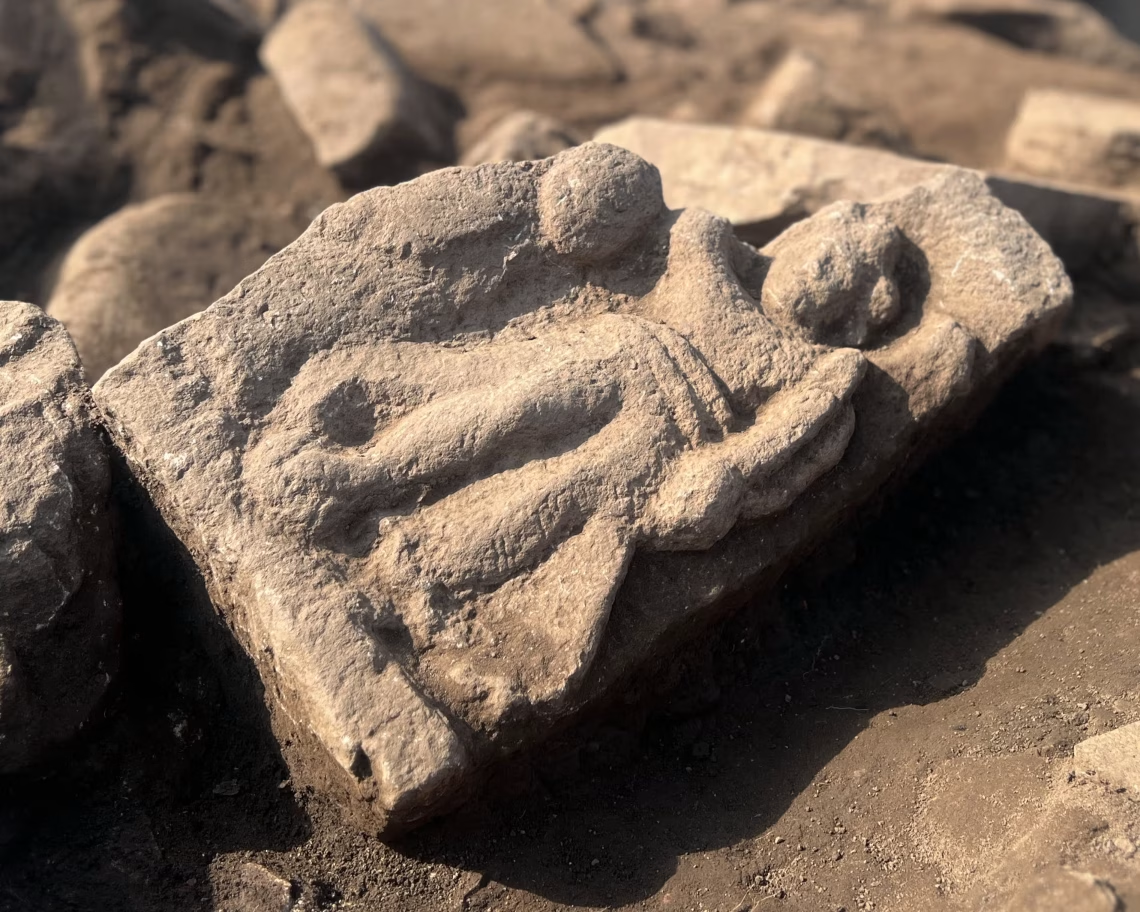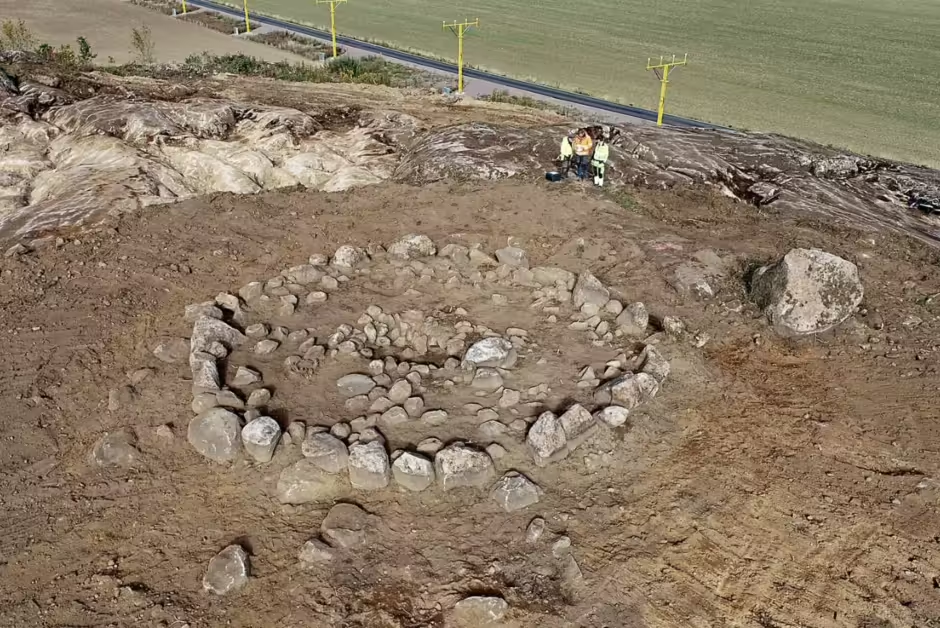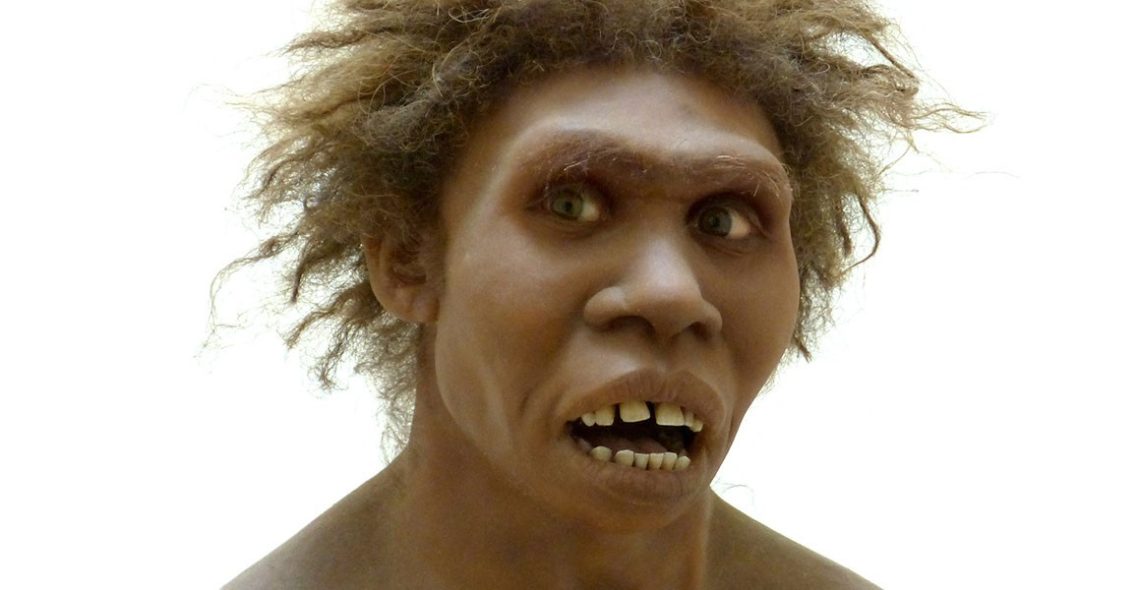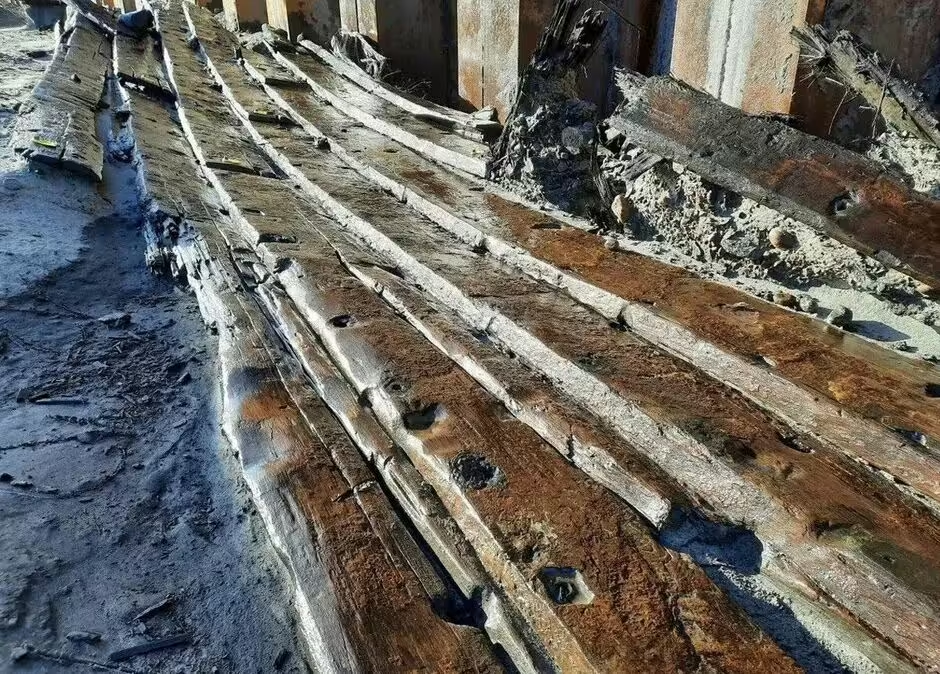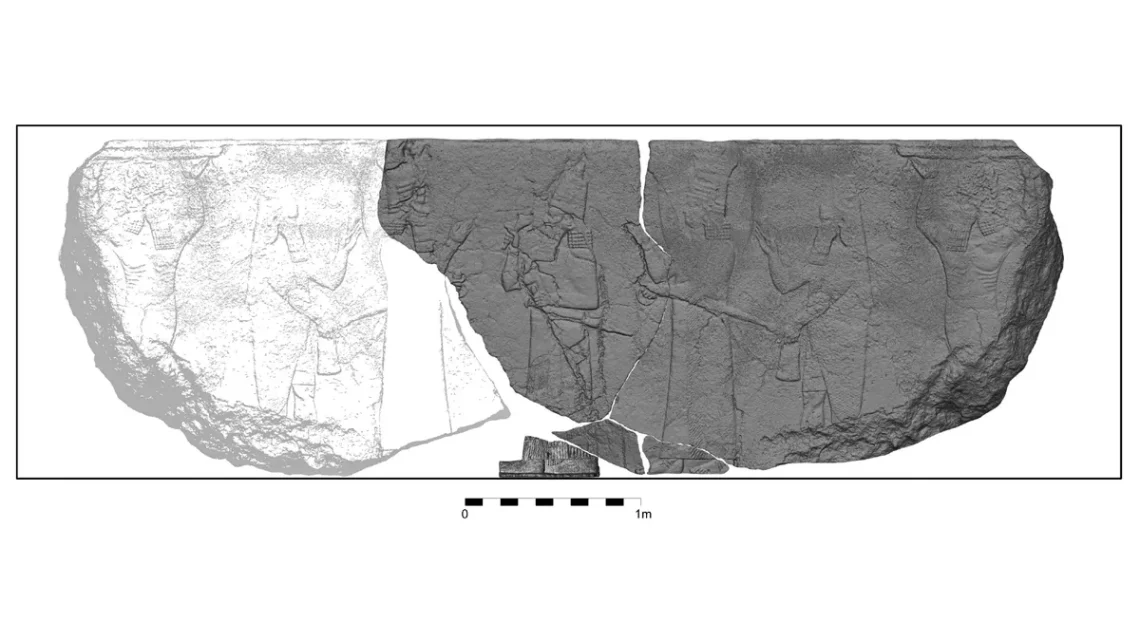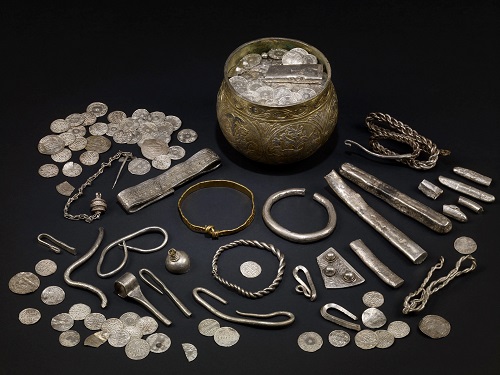A new study has overturned the long-standing belief that a violent Roman massacre occurred at Maiden Castle, a major Iron Age hillfort in Dorset, England. Published in the Oxford Journal of Archaeology, the research, led by Dr. Martin Smith and Dr. Miles Russell, used advanced forensic analysis and radiocarbon dating to examine 52 skeletons from the site. The findings reveal that injuries, once thought to result from a Roman assault in 43 CE, likely stemmed from ritualistic practices, scavenging animals, or inter-Briton violence over decades, rather than a single event. The massacre narrative was established by Sir Mortimer Wheeler’s excavations…
-
-
A remarkably preserved grave in Mattsies, Bavaria, has allowed archaeologists to piece together the life of a young boy, nicknamed the “Ice Prince of Mattsies,” buried over 1,350 years ago. Discovered in 2021 by the Bavarian State Office for the Preservation of Monuments, the burial, dating to around 670–680 CE, reveals the wealth and cultural connections of an early medieval family. The use of a novel freezing technique to preserve the grave has provided a wealth of information about the child and his society. Found within the remnants of a Roman villa, the grave contained the remains of a boy…
-
Archaeologists have confirmed that a 6th-century Byzantine bucket discovered at Sutton Hoo, Suffolk, likely served as a cremation vessel. The bucket, pieced together from fragments found over decades, contained cremated human and animal bones, offering new insights into burial practices of the early medieval period in England. The bucket’s fragments were first unearthed in 1986, with additional pieces discovered in 2012 and 2024 during excavations at the site. Located near Woodbridge, Sutton Hoo is renowned for its Anglo-Saxon burial mounds, including the famous ship burial of 1939, believed to be the resting place of King Raedwald of East Anglia, who…
-
Amateur archaeologists have made an exciting discovery at Vindolanda, a Roman fort site just south of Hadrian’s Wall in Northumberland, England. Jim and Dilys Quinlan, unearthed a stone relief depicting the winged goddess of victory, Victoria, during a volunteer excavation. The find offers a glimpse into Roman religious practices and the cultural life of soldiers stationed at this frontier outpost nearly 2,000 years ago. Vindolanda, established in the late 1st century AD, was a key military base along Hadrian’s Wall, a defensive structure built by Emperor Hadrian in 122 AD to mark the northern boundary of Roman Britain. The site…
-
Marine archaeologists have made a significant discovery off South Australia’s coast, uncovering the Koning Willem de Tweede wreck in Guichen Bay near Robe. Announced on 7 May 2025, the find marks the end of a 168-year mystery since the ship was lost on 30 June 1857. The vessel, preserved beneath the seabed, provides a window into 19th-century maritime trade and migration, particularly during Australia’s gold rush era. The Koning Willem de Tweede, an 800-tonne Dutch merchant sailing ship, was a three-masted barque designed for long-distance trade. On its final voyage, it carried 374 Chinese passengers from Hong Kong to Melbourne,…
-
Archaeologists in Sweden have uncovered a rare 1,100-year-old Viking coffin grave near Linköping. The grave contains weapons and a stone circle with Christian elements, which researchers describe as highly unusual. The discovery, made during excavations for a construction project, offers fresh insights into Viking burial customs and the early spread of Christianity in the region. The grave, dating to the late 9th to early 10th century, includes a wooden coffin surrounded by a carefully arranged stone circle. Inside, archaeologists found a sword, spear, and shield, indicating the deceased was likely a warrior of high status. A preserved nail and a…
-
Archaeologists have uncovered fossilised remains of Homo erectus dating back 140,000 years in a submerged river valley off the coast of Java, Indonesia. The discovery, made during underwater excavations, includes skull fragments and other skeletal remains, shedding new light on the life and environment of this early human species in ancient Sundaland. This now-submerged landmass once connected Southeast Asia. The fossils were found in a region that was likely a fertile river valley during the time of Homo erectus, before rising sea levels inundated the area. The remains suggest these early humans lived in a diverse environment, possibly exploiting coastal…
-
Archaeologists in Varberg, Sweden, have discovered six historical shipwrecks during investigations for the Varbergstunneln project. The finds, located near the original shoreline in southwest Sweden, range in age from the Middle Ages to the 17th century, offering new insights into the region’s maritime history. The discoveries were made by teams from the Bohuslän Museum, Visual Archaeology, and Cultural Environment Halland, as part of preparatory work for the tunnel construction. The shipwrecks were found in an area historically significant for maritime activity, close to Varberg’s coastline. The vessels vary in age, with some dating back to the medieval period, providing a…
-
A remarkable 2,600-year-old stone relief depicting King Ashurbanipal, the last great ruler of the Assyrian Empire, alongside major deities, has been discovered in Nineveh, modern-day Iraq. Uncovered during excavations at the North Palace, this intricately carved panel offers a vivid glimpse into Assyrian royal propaganda and religious symbolism, shedding new light on one of history’s most powerful empires. Nineveh, the ancient capital of the Assyrian Empire, was a sprawling metropolis in its heyday, renowned for its grand palaces and cultural achievements. The newly discovered relief, found during archaeological work led by Iraqi and international teams, including researchers from Heidelberg University,…
-
On 11 July 2025, the Yorkshire Museum will unveil Viking North, a stunning exhibition that brings the Viking Age in Northern England (866–1066) to life. This is one of the most significant collections of Viking artefacts ever displayed outside London, packed with rare finds and fresh insights into a transformative era. Viking North showcases a remarkable array of objects, many of which are in public view for the first time. The exhibition features the Yorkshire Museum’s renowned collection alongside the Vale of York hoard—a breathtaking cache of Viking silver, coins, and jewellery co-owned with the British Museum. Exclusive loans, including…

